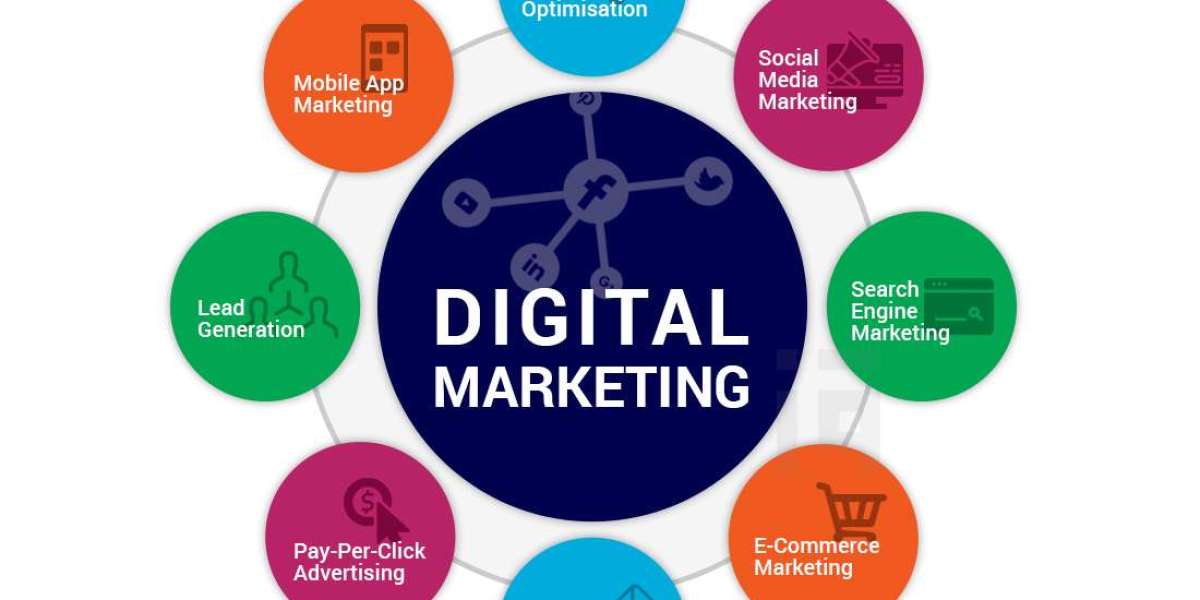How to Select the Ideal Learning Management System for Your School or College
Choosing the right Learning Management System (LMS) for your educational institution is a critical decision that can impact the effectiveness of both teaching and learning processes. With so many LMS platforms available, selecting the one that best fits your institution’s needs can be challenging. This article will guide you through the process of choosing the ideal learning management system to enhance educational outcomes, improve engagement, and streamline administrative tasks.
Understanding What a Learning Management System Is
Before diving into the selection process, it’s important to define what a learning management system is and how it works within educational environments.
A learning management system is a software application designed to manage and deliver online courses and training programs. It enables institutions to create, track, and manage educational content, assessments, and learning resources, providing a centralized platform for both instructors and students.
Why is an LMS Important for Schools and Colleges?
- Centralized Content: All course materials are housed in one location, making it easy for both instructors and students to access resources.
- Efficient Assessment: LMS platforms include built-in assessment tools that allow instructors to grade assignments and track student performance.
- Increased Engagement: Features like forums, multimedia content, and quizzes enhance student interaction and participation.
- Scalable: As your institution grows, an LMS can scale to accommodate more students and courses without losing functionality.
Key Factors to Consider When Choosing an LMS for Your Institution
Selecting the right learning management system requires a detailed evaluation of your institution's needs and goals. Below are essential factors to help guide you in your search for the perfect LMS.
1. Define Your Institution’s Goals and Needs
To choose the best LMS, you must first understand the specific requirements of your institution. These will guide you in identifying the features that will be most useful.
Questions to Consider:
- What type of learning model do we use? (Traditional, hybrid, or online-only)
- What are the technical capabilities of our faculty and students?
- Which features will improve the delivery of our curriculum?
- How do we plan to expand our learning offerings in the future?
A clear understanding of your institution's educational goals will help narrow down the options.
2. Prioritize User-Friendliness and Interface Design
A key to a successful LMS is an intuitive user interface that is easy to navigate for both instructors and students. An LMS that is too complicated can deter users from fully utilizing the system.
Features to Look For:
- Clean, Simple Interface: The LMS should be easy to navigate and not overwhelm users with complexity.
- Mobile Accessibility: Ensure the LMS is mobile-friendly, as many students and instructors access learning materials on smartphones or tablets.
- Customizable Dashboards: Users should be able to customize their dashboards to suit their personal preferences, allowing for quick access to the most important information.
3. Ensure Seamless Integration with Existing Systems
Educational institutions often rely on various software systems for administrative tasks, student information management, and communication. An LMS must integrate smoothly with these existing systems to enhance functionality.
Integration Considerations:
- Compatibility: Make sure the LMS integrates well with your current student information systems (SIS) and other educational tools.
- Single Sign-On (SSO): This feature allows users to log in once and access multiple systems, reducing the hassle of remembering different passwords.
- Data Migration: Ensure the LMS allows easy migration of existing course materials and student data from previous platforms.
4. Evaluate the LMS’s Scalability and Flexibility
Your institution’s learning needs will change over time, so the LMS you choose should be flexible enough to adapt. Whether you plan to increase the number of courses, students, or expand the features offered, scalability is a key factor.
Scalability Factors to Consider:
- User Capacity: Can the LMS accommodate a growing number of users without sacrificing performance?
- Additional Features: Will the LMS allow you to add more features or modules as your institution evolves?
- Content Flexibility: The LMS should support various types of content, including text, multimedia, and interactive materials.
5. Analyze Built-in Assessment and Reporting Tools
Effective tracking and assessment are essential for understanding how well students are progressing. A good learning management system should offer tools to evaluate student performance, provide feedback, and generate reports for both teachers and administrators.
Essential Assessment Features:
- Customizable Tests and Quizzes: Look for an LMS that allows the creation of various types of assessments, such as multiple-choice, essay, and practical exams.
- Automated Grading: Automated grading tools can save time and ensure consistency in assessments.
- Progress Tracking: Both instructors and students should be able to track performance over time to identify areas that need improvement.
- Comprehensive Reporting: The LMS should offer customizable reports for detailed insights into student performance and course outcomes.
6. Ensure Robust Security and Data Privacy
Security is one of the most critical aspects of any LMS, especially when it involves sensitive student data. The learning management system you choose should be secure and compliant with data privacy regulations.
Key Security Features:
- Encryption: Ensure that all student and course data is encrypted to protect it from unauthorized access.
- Role-Based Access Control: This feature limits access to sensitive data based on the user’s role (instructor, student, or administrator).
- Compliance with Regulations: Make sure the LMS complies with privacy regulations such as FERPA (Family Educational Rights and Privacy Act) or GDPR (General Data Protection Regulation), depending on your location.
7. Consider Your Budget and Total Cost of Ownership
While price is a major factor, it’s important to consider the overall cost of ownership when choosing an LMS. This includes not just licensing fees, but also the cost of implementation, training, and ongoing maintenance.
Budget Factors to Evaluate:
- License Fees: Some LMSs charge per user, while others offer flat-rate pricing. Understand how pricing works and how it fits within your budget.
- Implementation Costs: Factor in the cost of setting up the LMS, including training and data migration.
- Maintenance Costs: Consider ongoing costs for software updates, support, and troubleshooting.
8. Support and Training Resources
Once you’ve chosen an LMS, having access to support and training resources is essential to ensuring that both instructors and students can use the system effectively. Look for platforms that offer comprehensive support.
Support Features:
- 24/7 Support: A reliable LMS should provide round-the-clock customer support to resolve any issues that arise.
- Training Materials: The LMS should provide access to user guides, tutorials, webinars, and other learning resources to help users get the most out of the system.
- Community Support: An active user community can provide valuable insights, tips, and solutions to common challenges.
9. Look at User Reviews and Case Studies
Reading reviews from other educational institutions and exploring case studies can give you a better idea of how well an LMS works in real-world applications. Look for feedback on its ease of use, support, and performance.
What to Look for in Reviews:
- Ease of Use: How simple is the system to use for both instructors and students?
- Customer Support: Was the customer support team responsive and helpful?
- General Satisfaction: Were users satisfied with the overall LMS experience, and did it meet their needs?
10. Plan for Continuous Evaluation and Feedback
The selection of an LMS should be seen as an ongoing process. Regular evaluation ensures that the system continues to meet your institution’s needs and helps you make improvements based on user feedback.
How to Collect Feedback:
- Surveys: Regularly survey students and instructors about their experiences with the LMS.
- Analytics: Use LMS analytics tools to track how the system is being used and where improvements can be made.
- User Groups: Create feedback loops through focus groups to gather input on the system’s effectiveness and areas for improvement.
Conclusion
Choosing the right learning management system for your school or college is a crucial decision that requires careful evaluation of your institution’s needs, goals, and technical requirements. By following the steps outlined in this guide, you can ensure that the LMS you select will enhance educational outcomes, streamline administrative tasks, and grow with your institution over time.
Remember that the best learning management system is one that aligns with your institution’s objectives, fosters engagement, and provides robust support for both instructors and students. Keep these factors in mind, and you’ll be on your way to choosing the ideal LMS for your educational institution.








